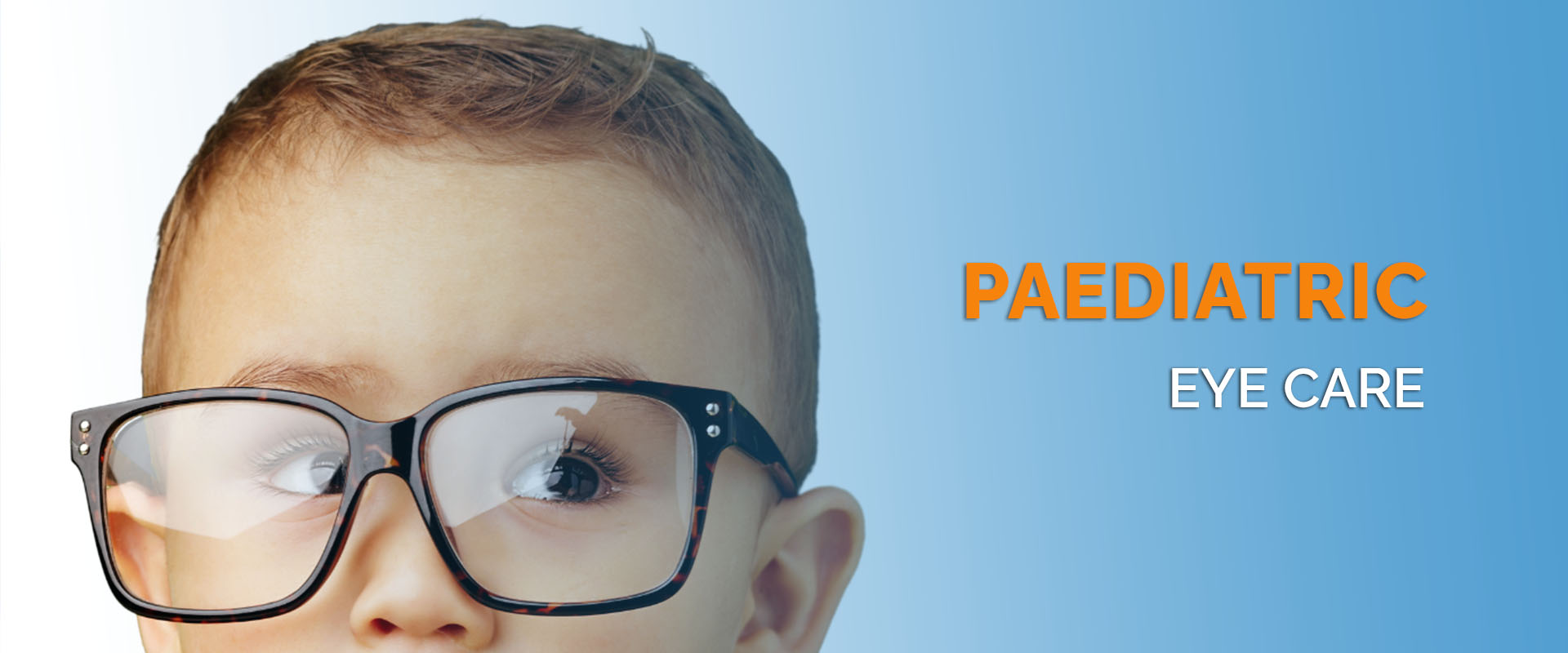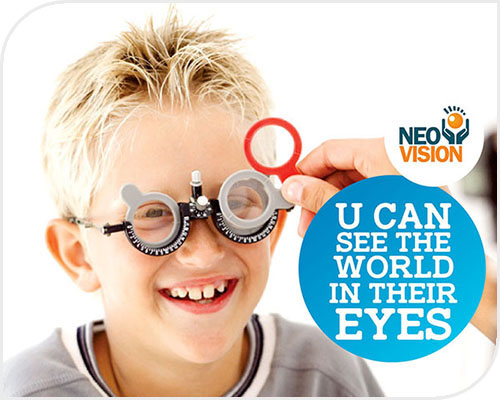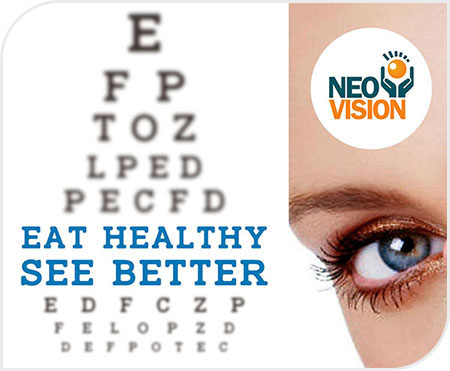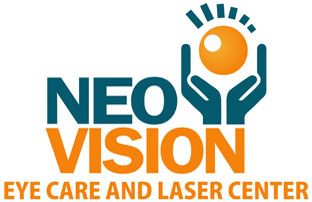

Neo vision eye care, the best pediatric ophthalmologist in Pune provides screening and treatment for all child eye ailments:
- Refractive error(glasses)
- Amblyopia management
- Squint management ( misaligned eyes)
- Paediatric cataract
- Ocular allergeries
- Paediatric keratoconus management
The most common problem In children is refractive error , that means child might require some glasses to see better and clear. Here s a small information on refractive error in children.
Refractive errors in Children
What are refractive errors in children?
Refractive, or optical, errors – myopia, hyperopia and astigmatism – cause blurred vision due to an inability to focus images on the retina.
If not corrected, their consequences can be particularly harmful for children, since vision is developed in the first years of life.
Any cause of poor vision in one or both eyes during childhood, as is the case with refractive errors, can lead to the condition known as “lazy eye”. When the child has hyperopia, astigmatism or myopia, the image that reaches the brain is not sharp.

Here are some of frequently asked questions
The dioptric power of the eye is determined by two main factors:
- The cornea and crystalline lens: they provide the eye with its convergence ability, since it is through the cornea and lens that light passes and converges to focus the image on the retina
- The axial length: the distance between the anterior and posterior poles of the eyeball, which governs the need for greater or lesser convergence of light, depending on whether the eyeball is longer (myopic) or shorter (hyperopic)
Myopia can increase as the child develops. If the axial length of the eye increases, so does the degree of myopia.
In contrast, hyperopia does not increase as the child develops, but can decrease if the eyeball lengthens.
Parents, teachers and caregivers may notice that the child is having visual difficulties, if the following type of behaviour is exhibited:
- The child needs to hold objects close to the eyes to see them
- Moves in a clumsy way
- Does not notice things happening in the distance
The problem can also be detected after a school or paediatric check-up.
Refractive errors cannot be prevented, but it is important to detect them early (at home, school or at the paediatrician’s). The problem will then need to be diagnosed by means of an eye examination performed by an ophthalmologist or optometrist. The child’s vision is examined with the aid of dilating eye drops, which prevent the eye from focusing and compensating for the optical error, thus enabling the eye’s optical power to be measured in dioptres.
Refractive errors are corrected by adding or subtracting focusing power. This can be achieved with corrective lenses in glasses, contact lenses or refractive surgery. The choice of method depends on the child’s age, type of error and patient needs. The options should be assessed in conjunction with the parents. Glasses are usually the preferred option. We believe similarly, there are multiple eye problems in children which should be screened at early age so that child has a beautiful vision throughout the life
